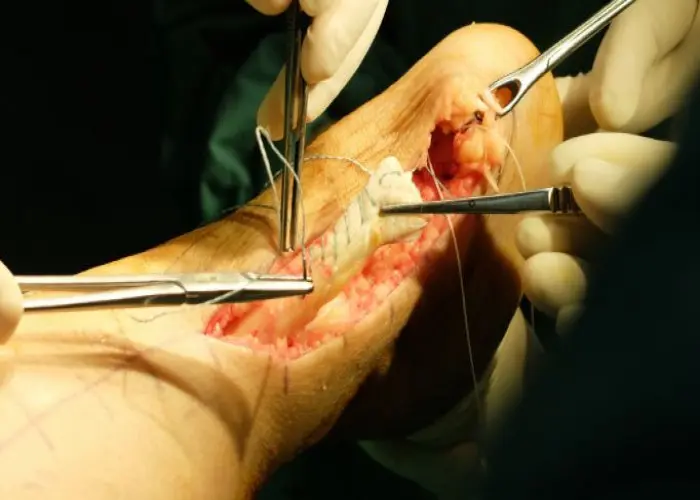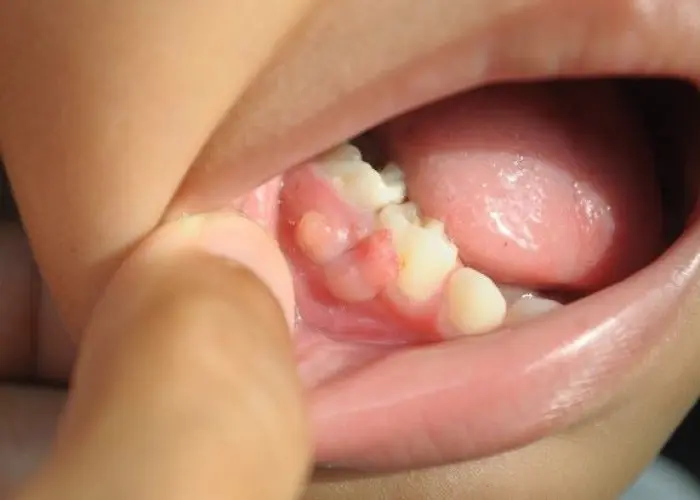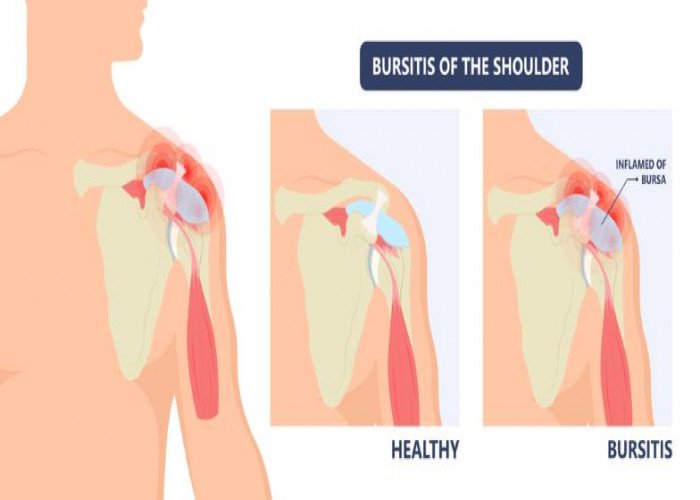 Welcome
Welcome
“May all be happy, may all be healed, may all be at peace and may no one ever suffer."
Achilles tendinitis

Achilles tendinitis is a common overuse injury that affects the Achilles tendon, which is the large tendon that connects the calf muscles to the heel bone. The condition is caused by repetitive stress and strain on the tendon, which can lead to inflammation and pain.
Symptoms of Achilles tendinitis can include pain and stiffness along the back of the leg, particularly near the heel, swelling, and tenderness. The pain may be worse in the morning or after periods of inactivity, and may be relieved by rest or stretching.
Treatment for Achilles tendinitis typically involves rest, ice, and over-the-counter pain relievers to reduce pain and inflammation. Physical therapy, stretching, and the use of orthotics or supportive shoes can also be helpful. In some cases, a splint or cast may be necessary to immobilize the affected area and allow it to heal.
In severe cases, surgery may be necessary to repair the damaged tendon. However, this is usually a last resort, as recovery from surgery can be lengthy and requires a significant amount of time and rehabilitation.
It's important to seek treatment for Achilles tendinitis as soon as symptoms appear, as prompt treatment can help prevent the condition from becoming chronic and potentially causing more serious problems.
Research Papers
Disease Signs and Symptoms
- Achilles pain
- Achilles tendinitis
Disease Causes
Achilles tendinitis
Achilles tendinitis is caused by repetitive or intense strain on the Achilles tendon, the band of tissue that connects your calf muscles to your heel bone. This tendon is used when you walk, run, jump or push up on your toes.
The structure of the Achilles tendon weakens with age, which can make it more susceptible to injury — particularly in people who may participate in sports only on the weekends or who have suddenly increased the intensity of their running programs.
Disease Prevents
Achilles tendinitis
While it may not be possible to prevent Achilles tendinitis, you can take measures to reduce your risk:
- Increase your activity level gradually. If you're just beginning an exercise regimen, start slowly and gradually increase the duration and intensity of the training.
- Take it easy. Avoid activities that place excessive stress on your tendons, such as hill running. If you participate in a strenuous activity, warm up first by exercising at a slower pace. If you notice pain during a particular exercise, stop and rest.
- Choose your shoes carefully. The shoes you wear while exercising should provide adequate cushioning for your heel and should have a firm arch support to help reduce the tension in the Achilles tendon. Replace your worn-out shoes. If your shoes are in good condition but don't support your feet, try arch supports in both shoes.
- Stretch daily. Take the time to stretch your calf muscles and Achilles tendon in the morning, before exercise and after exercise to maintain flexibility. This is especially important to avoid a recurrence of Achilles tendinitis.
- Strengthen your calf muscles. Strong calf muscles enable the calf and Achilles tendon to better handle the stresses they encounter with activity and exercise.
- Cross-train. Alternate high-impact activities, such as running and jumping, with low-impact activities, such as cycling and swimming.
Disease Treatments
Tendinitis usually responds well to self-care measures. But if your signs and symptoms are severe or persistent, your doctor might suggest other treatment options.
Medications
If over-the-counter pain medications — such as ibuprofen (Advil, Motrin IB, others) or naproxen (Aleve) — aren't enough, your doctor might prescribe stronger medications to reduce inflammation and relieve pain.
Physical therapy
A physical therapist might suggest some of the following treatment options:
- Exercises. Therapists often prescribe specific stretching and strengthening exercises to promote healing and strengthening of the Achilles tendon and its supporting structures.
- A special type of strengthening called "eccentric" strengthening, involving a slow let down of a weight after raising it, has been found to be especially helpful for persistent Achilles problems.
- Orthotic devices. A shoe insert or wedge that slightly elevates your heel can relieve strain on the tendon and provide a cushion that lessens the amount of force exerted on your Achilles tendon.
Disease Diagnoses
Disease Allopathic Generics
Disease Ayurvedic Generics
Disease Homeopathic Generics
Disease yoga
Achilles tendinitis and Learn More about Diseases

Giant cell arteritis

Hangovers

Tapeworm infection

Peripheral nerve tumors

Clubfoot

Gum Boil

Tonsil cancer

Nasopharyngeal carcinoma
Achilles tendinitis, Achilles tendonitis treatment, অ্যাকিলিস টেন্ডিনাইটিস
To be happy, beautiful, healthy, wealthy, hale and long-lived stay with DM3S.

